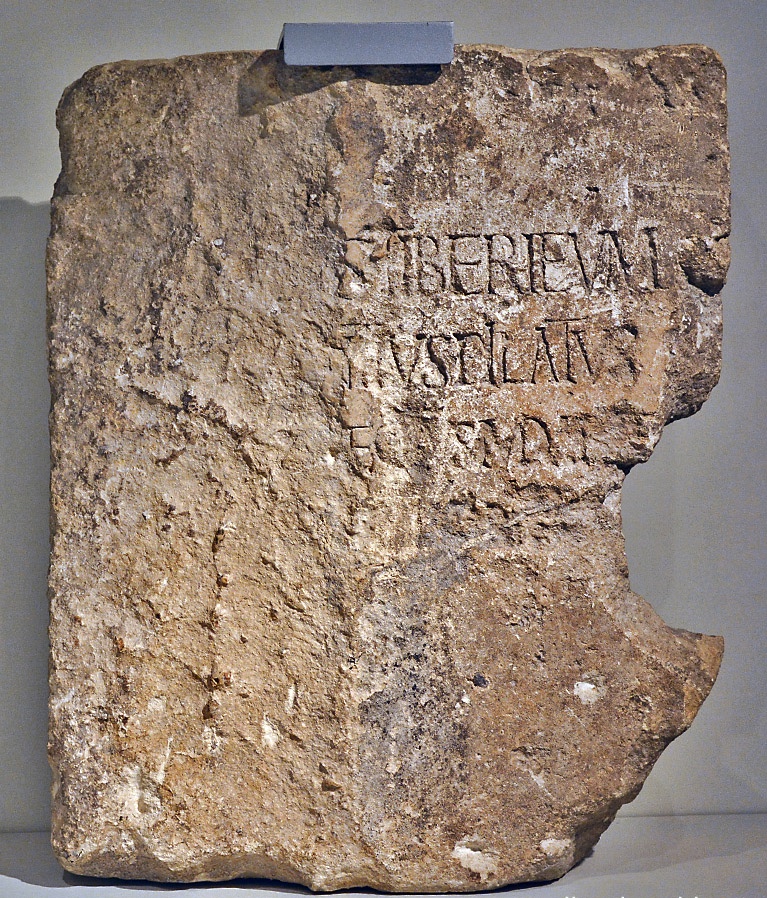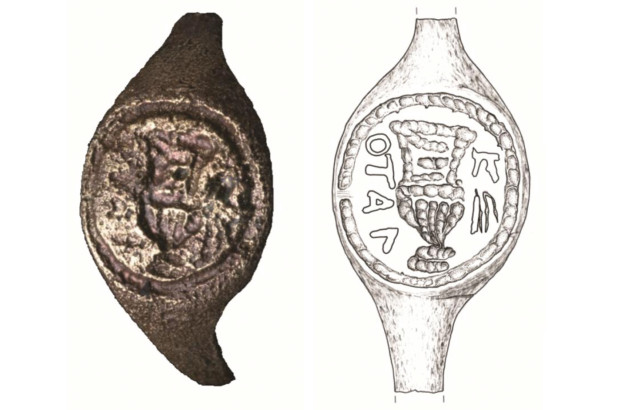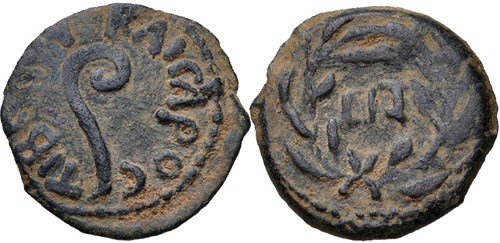The Bible was the only identified source that talked about Pontius Pilate as being governor of Judea. As a result, many people questioned whether he ever truly held that position up until 1961, when the Italian archaeologist, Dr Frova discovered a limestone block while he was excavating an ancient theatre near Caesarea Maritima. Although the inscription had actually been partly removed, enough remained of its Latin writing, which when translated, displayed; Pontius Pilate, Prefect of Judea, precisely how the gospel author Matthew defined him. Keep in mind, Prefect is the Latin title, Governor is its English equivalent. This archeological evidence for Pontius Pilate was a strong verification of the historicity of the Bible.

This 600 mm by 900 mm (2 feet x 3 feet) block was discovered re-used as a building block in a 4th century renovation project, however it was an authentic first-century monolith, obviously written to celebrate Pilate’s erection and devotion of a Tiberium, a temple for the praise of Tiberius Caesar, the Roman emperor throughout Pilate’s term over Judea.
On November 29, 2018, news spread that a copper-alloy ring had actually been discovered at Herodium, the mountain fortress of Herod the Great, bearing the engraving of Pontius Pilate in Greek. The ring had actually been discovered by Hebrew University lecturer Gideon Foerster throughout the 1968-69 season and it would have been utilized for sealing documents. Nevertheless, it was just recently cleaned up to expose its engraving. Its appearance at Herodium is detailed by Biblical Archaeology Review’s editor Robert Cargill; We understand that Pilate utilized Herod the Great’s previous palaces as his own homes in both Caesarea and Jerusalem. Pilate restored Herodium and it continued to be active throughout his rule.

According to the traditional account of his life, Pilate was safeguarded by Sejanus, nevertheless, he suffered the enmity of Jews in Roman-occupied Judea and Samaria by insulting their religious perceptiveness, as when he hung worship pictures of the emperor throughout Jerusalem and had coins bearing pagan religious signs minted. After Sejanus’s fall (AD 31), Pilate was exposed to sharper criticism from some Jews, who might have profited from his vulnerability to acquire a legal death sentence on Jesus (John 19:12). The Samaritans reported Pilate to Vitellius, legate of Syria, after he assaulted them on Mount Gerizim (AD 36). He was then called back to Rome to stand trial for ruthlessness and injustice, especially on the charge that he had actually executed individuals without proper trial. According to Eusebius of Caesarea’s Ecclesiastical History, Pilate killed himself on orders from the emperor Caligula.

Although Pilate’s position and title were at first questioned, there is now sufficient archeological evidence for Pontius Pilate to support that he was who the Bible declares him to have actually been.
Return from “Archeological Evidence For Pontius Pilate” to “Archeological Evidence For The Bible”